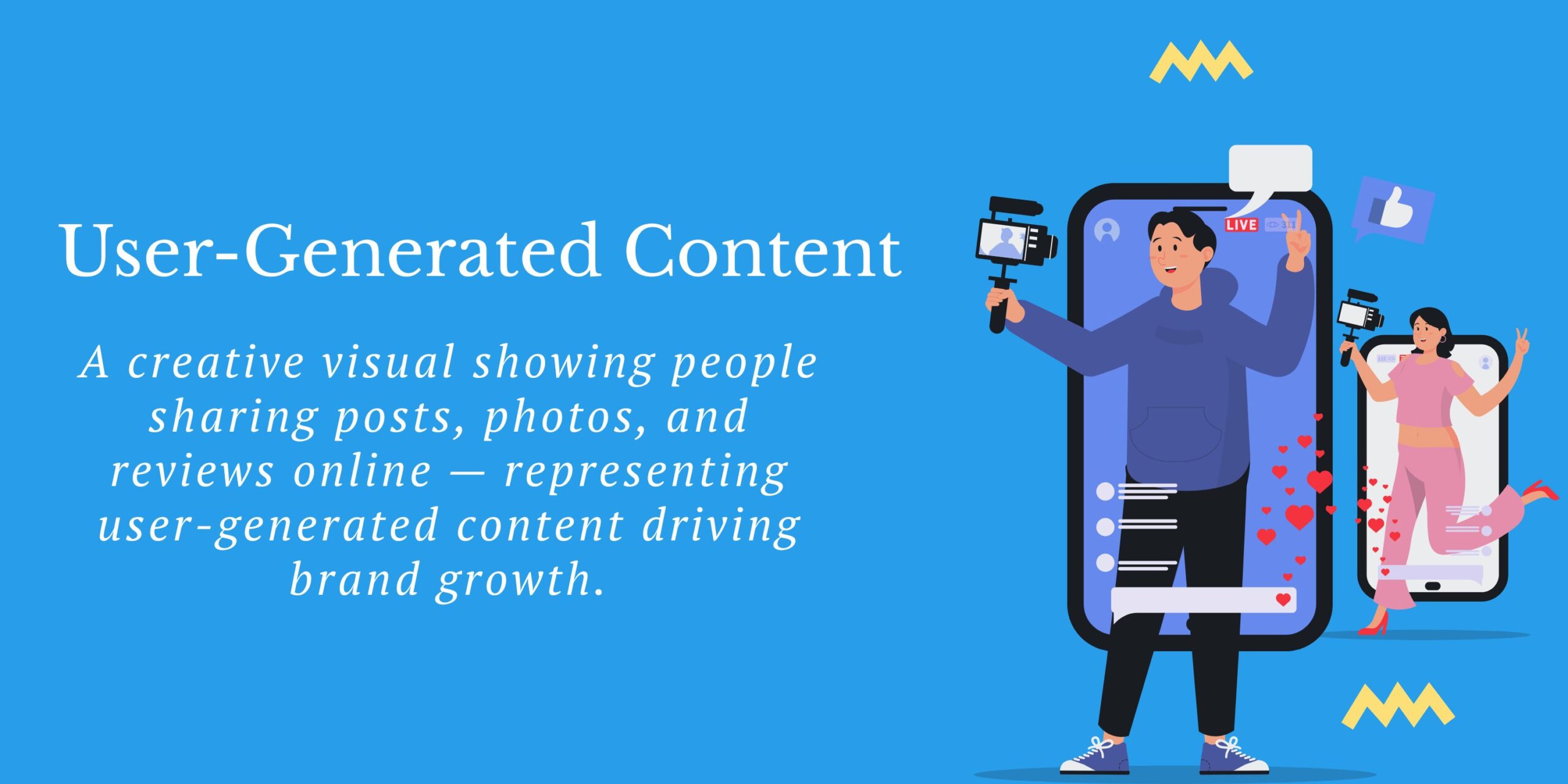In a digital world flooded with advertisements and polished brand messages, what truly stands out is authenticity. Today’s audience doesn’t just want to hear from brands — they want to hear from people like themselves. This is why User-Generated Content (UGC) and authentic storytelling have become the new currency of digital marketing. Brands that embrace genuine voices build stronger connections, deeper trust, and better conversions.
What Is User-Generated Content (UGC)?
User-Generated Content refers to any form of content — photos, videos, reviews, testimonials, or posts — created by customers rather than the brand itself. It’s when your audience becomes your marketer.
For example:
- A customer posting a photo wearing your product
- A client sharing their experience through a testimonial
- A fan tagging your brand on Instagram after using your service
Each of these moments adds real value because they come directly from users — not from paid promotions.
Why UGC Is the Heart of Modern Marketing
1. Builds Trust and Authenticity
People trust other people more than they trust ads. According to global marketing studies, over 80% of consumers say that UGC influences their purchase decisions more than branded content. When users share their real experiences, it feels honest, relatable, and trustworthy.
2. Drives Engagement and Reach
UGC creates conversation. When customers share their stories, others comment, like, and share — giving your brand organic visibility. This natural engagement helps you reach audiences who may never have seen your paid campaigns.
3. Increases Conversions
When potential customers see others using your product or service, they feel reassured. Real experiences remove doubts and push users toward a decision faster. That’s why UGC is often the most persuasive content type in the marketing funnel.
4. Cost-Effective Marketing
Creating fresh, high-quality content every day can be expensive. UGC allows you to fill your content calendar with authentic, ready-to-share posts created by real users — saving time and resources.
5. Strengthens Community and Loyalty
When you highlight your customers’ content on your brand page, you make them feel valued. This recognition builds emotional loyalty and encourages them (and others) to keep engaging with your brand.
Authentic Storytelling: Going Beyond the Basics
While UGC provides the raw material, authentic storytelling is what shapes it into a powerful message. Authentic storytelling means communicating your brand values through real experiences, not scripted slogans.
How to Use Authentic Storytelling in Digital Marketing
- Share Real Customer Journeys: Instead of just showing the product, tell how it made a difference in someone’s life.
- Highlight Behind-the-Scenes Moments: Give your audience a glimpse of your team, production process, or workplace culture.
- Celebrate User Achievements: Turn your customers into heroes — let their success stories inspire others.
- Stay Honest and Consistent: Never exaggerate. Keep your tone, visuals, and message aligned with your brand identity.
When storytelling meets authenticity, your brand stops selling — and starts connecting.
How to Encourage User-Generated Content
To build a successful UGC strategy, you need to motivate your audience to participate. Here are a few effective methods:
1. Launch a Branded Hashtag Campaign
Create a catchy hashtag (e.g., #MyBrandStory or #ExperienceWithBrand) and encourage customers to post photos or videos using it. This helps gather all content in one place and builds a sense of community.
2. Run Contests and Giveaways
Ask users to share their experiences with your brand to win prizes or get featured. These fun campaigns not only encourage participation but also boost brand awareness.
3. Feature Customer Content
Repost customer photos, stories, or reviews on your official pages or website. This simple act of recognition motivates others to share their content too.
4. Ask for Reviews and Testimonials
Politely request feedback through email or direct message after a purchase or service. Highlighting genuine reviews builds strong credibility.
5. Collaborate with Micro-Influencers
Micro and nano influencers (with smaller but loyal audiences) often produce more relatable content. Their recommendations feel personal and authentic — just like UGC.
Real-World Examples of UGC Success
- Coca-Cola’s “Share a Coke” Campaign: Encouraged customers to share bottles with their names printed on them, resulting in millions of organic social media posts worldwide.
- Airbnb: Uses real guest photos and stories to inspire travelers and create emotional connections.
- GoPro: Built an entire community of adventure lovers who share stunning user-shot videos, turning UGC into its strongest marketing tool.
These examples show that the most powerful marketing often comes from your audience, not your advertising budget.
Managing and Measuring UGC Effectively
Collecting UGC is only part of the process — managing it well ensures long-term success.
- Get Permission: Always ask before reposting or using user content.
- Give Credit: Tag and mention the original creator.
- Use Tools: Platforms like Taggbox, TINT, or Later help you organize, curate, and display UGC.
- Track Performance: Measure engagement, reach, and conversion rates to understand which type of user content works best.
The Future of UGC and Authentic Marketing
As digital spaces become more crowded, consumers are turning away from over-produced advertising. AI-driven curation tools will make it easier to find and share genuine user stories. The future belongs to brands that prioritize honesty, transparency, and real human connection. In 2025 and beyond, authenticity isn’t just a strategy — it’s the standard.
Conclusion
In the evolving landscape of digital marketing, User-Generated Content and authentic storytelling are no longer optional — they’re essential. They bring back the human touch, help brands connect emotionally, and build lasting trust. By turning your audience into your voice, you transform customers into advocates and marketing into meaningful conversation.
So the next time you plan a campaign, don’t just think about what you want to say — think about how your customers can say it for you.

